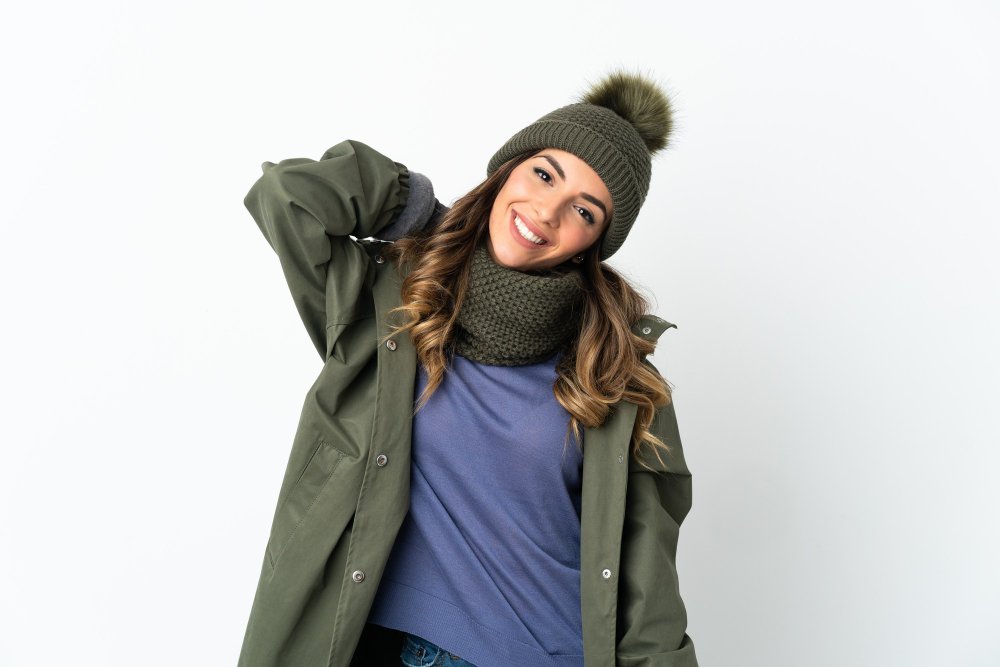Master the art of layering with expert styling tips, sustainable choices, and trend insights
Table of Contents
Finding the perfect outerwear can completely transform your wardrobe and boost your confidence. Whether you’re searching for a classic trench coat, a warm winter puffer, or a versatile blazer, the right piece serves as both functional protection and a powerful style statement.
The perfect outerwear piece balances functionality with style while complementing your existing wardrobe. Quality materials and thoughtful design details make the difference between a good jacket and a great one that you’ll reach for season after season.
- Weather protection for changing seasons
- Style enhancement for basic outfits
- Professional polish when needed
- Expression of personal style
- Long-term investment value
2025 Outerwear Trends
Key Trends Shaping 2025
Faux Fur Revival
Faux fur has made a major comeback in 2025, appearing as full coats, collar details, and trim accents. This cruelty-free option offers luxury appeal while aligning with sustainable values. Look for pieces in neutral tones like cream and gray, alongside vibrant colors for those wanting to make a statement. According to Marie Claire’s comprehensive 2025 coat trends guide, faux fur textures dominated runway collections from major fashion houses.
Suede Everything
The suede trend continues strong into 2025, bringing rich texture and sophisticated appeal. Suede blazers, coats, and jackets offer a refined alternative to traditional materials, perfect for transitional weather.
Cape Coats and Scarf Styles
Dramatic cape-style coats and integrated scarf designs offer both function and fashion. These pieces provide excellent coverage while creating elegant silhouettes that stand out from traditional coat shapes.
Animal Print Power
Leopard print dominates the outerwear scene in 2025, moving beyond accessories to become the star of coats, jackets, and blazers. This bold pattern adds instant personality to any outfit.
Earth Tone Emphasis
Rich brown tones, olive green, and terracotta reflect the current focus on natural, grounding colors. These earthy shades work beautifully with existing wardrobe pieces and complement most skin tones.
| Trend | Best For | Styling Tip | Investment Level |
|---|---|---|---|
| Faux Fur Coats | Evening wear, special occasions | Keep accessories minimal | Medium-High |
| Suede Blazers | Professional, casual chic | Pair with structured bottoms | High |
| Cape Coats | Dramatic looks, layering | Wear over fitted silhouettes | Medium |
| Leopard Print | Statement pieces | Treat as neutral base | Medium |
Outerwear Essentials: Building Your Foundation
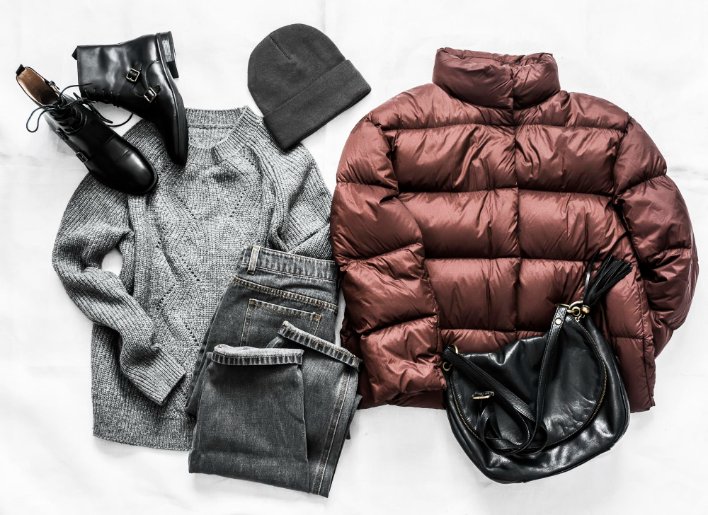
Understanding Outerwear Categories
Outerwear encompasses various garments designed to be worn over other clothing for protection and style. Understanding these categories helps you build a versatile wardrobe that serves multiple purposes.
Coats
Coats typically offer more coverage and warmth, extending below the hips in heavier fabrics perfect for winter weather. They provide maximum protection from cold and harsh weather conditions.
Jackets
Jackets are shorter, often ending at the waist or hips, and come in lightweight to medium-weight options suitable for transitional seasons. Popular styles include bombers, denim jackets, and leather jackets.
Blazers
Blazers bridge the gap between outerwear and tailored clothing. These structured pieces instantly elevate casual outfits and can be dressed up or down depending on the occasion.
Essential Outerwear Pieces Every Woman Needs
The Classic Trench Coat
A timeless investment piece that works for rain protection and style. Look for water-resistant fabrics and a belted waist for the most flattering silhouette.
Versatile Blazer
A well-fitted blazer in navy, black, or gray serves multiple purposes from professional settings to casual weekend wear.
Winter Puffer Coat
Essential for cold climates, modern puffers offer warmth without bulk. Look for down or synthetic insulation based on your needs.
Leather or Denim Jacket
Perfect for transitional weather and adding edge to feminine outfits. Choose based on your personal style preferences.
What Outerwear Goes with Everything?
The most versatile outerwear pieces that work with multiple outfits include:
- Black or Navy Blazer: Works from office to weekend
- Camel Trench Coat: Complements any color palette
- Classic Denim Jacket: Perfect for casual styling
- Black Leather Jacket: Adds edge to any look
Sustainable & Eco-Friendly Outerwear Options
Sustainable outerwear reduces environmental impact through eco-friendly materials, ethical production, and longer-lasting designs. This approach supports both the planet and fair labor practices.
Sustainable Materials to Look For
Recycled and Upcycled Materials
Many brands now use recycled polyester, organic cotton, and upcycled materials. These options reduce waste while maintaining quality and durability.
Plant-Based Alternatives
Innovative materials like plant-based down alternatives (FLWRDWN) and organic cotton provide sustainable options without sacrificing performance.
Responsible Down and Wool
Look for certifications like Responsible Down Standard (RDS) and mulesing-free wool to ensure ethical animal welfare practices.
Recommended Sustainable Brands
- Patagonia: Pioneer in sustainable outdoor wear with repair programs
- Eileen Fisher: Uses organic cotton and regenerative wool
- Reformation: Stylish coats made from sustainable materials
- Kotn: Certified organic cotton basics and outerwear
- Tentree: Plants trees for every purchase, uses eco-friendly materials
Care for Longevity
Proper care extends the life of sustainable outerwear. Follow fabric-specific care instructions and consider professional cleaning for specialty materials.
Body Type Styling Guide: What Jacket Suits My Body Shape?
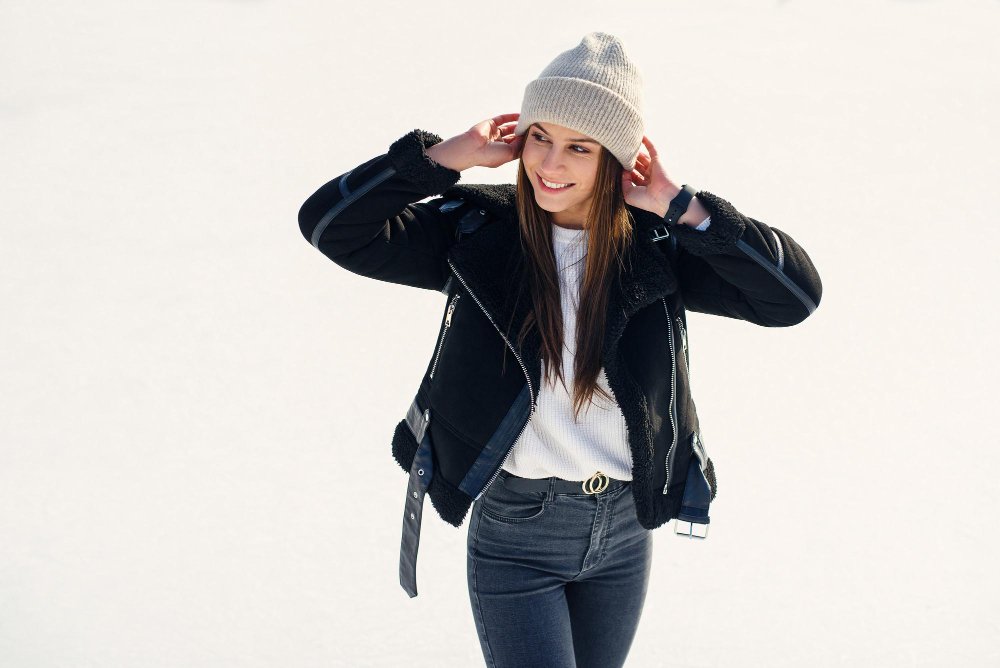
Understanding how different outerwear styles complement your body shape helps you choose pieces that enhance your natural silhouette and boost confidence.
Hourglass Shape
Best Styles: Belted trench coats, fitted leather jackets, wrap coats, structured blazers
Styling Strategy: Emphasize your natural waist with belted or fitted styles that show your curves.
What to Avoid: Boxy, oversized coats that hide your waistline
Pear Shape
Best Styles: Double-breasted coats, structured blazers, A-line coats, cropped jackets
Styling Strategy: Add volume to your upper body while maintaining balance with your hips.
Color Tip: Choose brighter colors on top, darker colors on bottom
Apple Shape
Best Styles: Open-front cardigans, empire waist coats, A-line styles, longline blazers
Styling Strategy: Create vertical lines and draw attention to your legs and arms.
Length Tip: Choose coats that end below the hips for a flattering silhouette
Rectangle Shape
Best Styles: Belted jackets, puffer jackets with waist cinch, peplum styles, textured fabrics
Styling Strategy: Create curves and define your waistline with belts and fitted styles.
Detail Focus: Look for interesting textures and details that add visual interest
Inverted Triangle
Best Styles: A-line coats, soft blazers, single-breasted styles, hip-length jackets
Styling Strategy: Balance broader shoulders by adding volume to your lower half.
Avoid: Double-breasted styles and strong shoulder details
What Style Jacket is Slimming?
The most slimming jacket styles create vertical lines and define the waist:
- Long blazers that hit at hip level
- Single-breasted coats with minimal bulk
- Wrap-style jackets that cinch at the waist
- Dark-colored outerwear in matte finishes
- Structured shoulders that create an hourglass silhouette
How to Not Look Fat in a Jacket
Choose jackets that work with your body rather than against it:
- Ensure proper fit through the shoulders and chest
- Avoid jackets that are too tight or too loose
- Choose fabrics that drape well rather than cling
- Pay attention to proportions and balance
- Consider the jacket length in relation to your torso
Find Your Perfect Outerwear Style
Struggling to choose the right outerwear for your body type and lifestyle? Our interactive quiz will help you discover your ideal style.
Take Our Style Quiz →Sizing & Fit Guide: Getting It Right
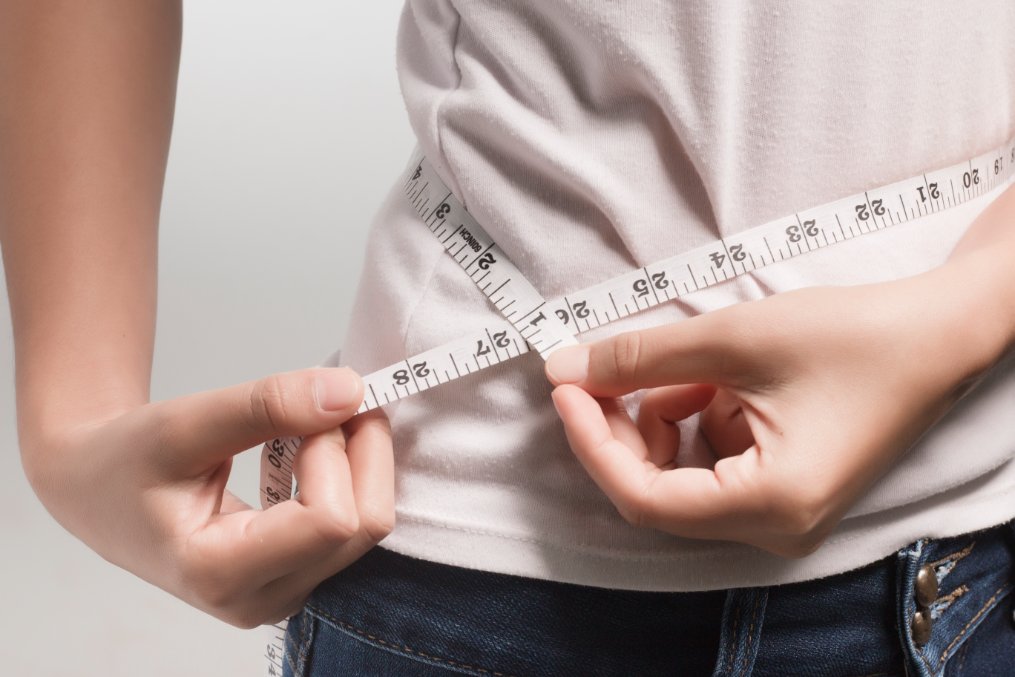
Should You Size Up on Outerwear?
The answer depends on the type of outerwear and intended use:
- Winter coats: Size up for layering room
- Blazers: True to size for professional look
- Leather jackets: True to size (they’ll stretch)
- Casual jackets: Depends on desired fit
How to Measure for Perfect Fit
Taking accurate measurements ensures the best fit when shopping online or in-store:
Measure around the fullest part
From edge to edge across back
Shoulder to wrist bone
Shoulder to desired hem
| Size | Bust (inches) | Waist (inches) | Hip (inches) | Sleeve (inches) |
|---|---|---|---|---|
| XS | 32-33 | 25-26 | 35-36 | 30.5 |
| S | 34-35 | 27-28 | 37-38 | 31 |
| M | 36-37 | 29-30 | 39-40 | 31.5 |
| L | 38-40 | 31-33 | 41-43 | 32 |
| XL | 42-44 | 35-37 | 45-47 | 32.5 |
Fit Tips for Different Outerwear Types
- Blazers: Should button comfortably without pulling
- Coats: Allow room for sweaters underneath
- Puffer jackets: Avoid over-compression of filling
- Leather jackets: Snug fit that allows arm movement
Materials & Quality: What Makes Outerwear Last
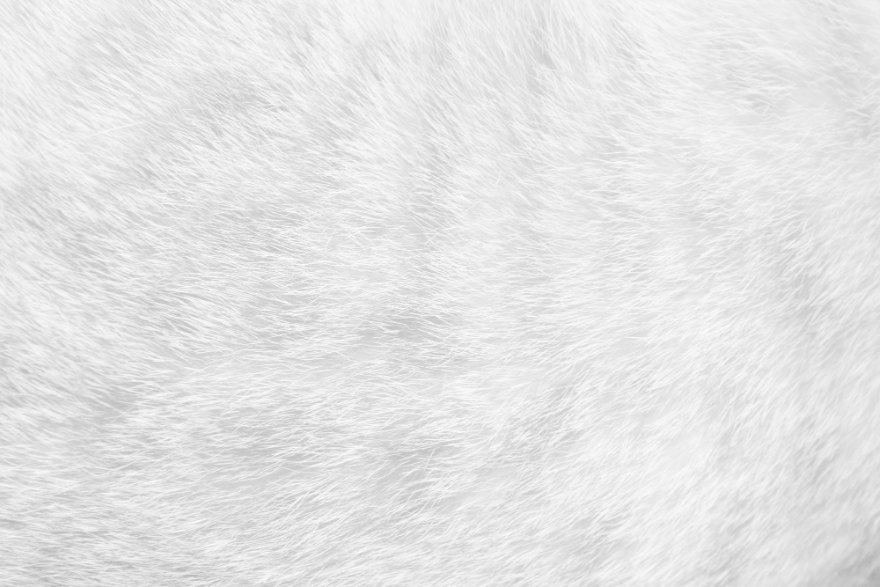
Quality outerwear depends on exceptional materials and skilled craftsmanship. The right fabrics and construction techniques ensure your coat or jacket provides protection and comfort through many seasons.
Durable Fabrics for Long-Lasting Wear
Wool
Wool stands as one of the most enduring materials for cold-weather coats. A well-made wool coat can last decades with proper care, offering natural water resistance and insulation. Look for higher wool percentages (at least 70%) for better warmth and longevity.
Leather
Leather jackets represent another investment-worthy option. Full-grain leather offers the highest durability, developing a beautiful patina over time. Top-grain leather provides a good balance of durability and affordability.
Technical Fabrics
Modern technical fabrics often incorporate stretch components and water-resistant properties. These materials excel in performance while maintaining style.
| Material | Best For | Care Level | Durability |
|---|---|---|---|
| Wool | Winter coats, blazers | Medium | Excellent |
| Leather | Jackets, moto styles | Medium-High | Excellent |
| Down | Puffer coats | Medium | Good |
| Cotton Canvas | Utility jackets | Low | Very Good |
| Synthetic Blends | Athletic wear | Low | Good |
Climate Considerations
Selecting materials based on your local climate ensures maximum comfort and functionality:
- Rainy regions: Look for DWR-treated fabrics or naturally water-resistant materials
- Cold climates: Prioritize insulation and wind resistance
- Variable weather: Choose versatile layering pieces
- Humid areas: Seek breathable fabrics that won’t trap moisture
Quality Construction Details
Look for these signs of quality craftsmanship:
- Double-stitched seams for durability
- Reinforced stress points
- Quality hardware (zippers, buttons)
- Proper interfacing in structured pieces
- Finished seam allowances
Color Guide: Building a Versatile Palette
What is the Most Versatile Outerwear Color?
Black remains the ultimate versatile choice, pairing effortlessly with almost any outfit while hiding wear better than lighter shades. However, other neutral tones offer excellent versatility:
Black
Works with everything, slimming effect, professional appeal
Best for: Evening wear, professional settingsNavy Blue
Softer alternative to black, complements most skin tones
Best for: Casual and formal wearCamel/Beige
Timeless elegance, works year-round
Best for: Professional settings, classic styleGray
Modern neutral, pairs well with colors
Best for: Everyday wear, minimalist styleWhat Color Coat is Timeless?
The most timeless coat colors transcend seasonal trends:
- Classic Black: Never goes out of style
- Camel: Epitome of sophisticated outerwear
- Navy: Rich alternative to black
- Charcoal Gray: Modern and versatile
2025 Color Trends
While neutrals form your foundation, these trending colors add personality:
- Rich Browns: From chocolate to cognac
- Forest Green: Earthy and sophisticated
- Burgundy: Deep, luxurious alternative to black
- Cream: Soft, elegant neutral
What is the Most Flattering Color on Everyone?
Navy blue comes closest to being universally flattering, as it complements most skin tones and works in both casual and formal settings. Deep jewel tones like emerald and sapphire also tend to be flattering across different complexions.
Brand Recommendations: Who Makes the Best Outerwear?
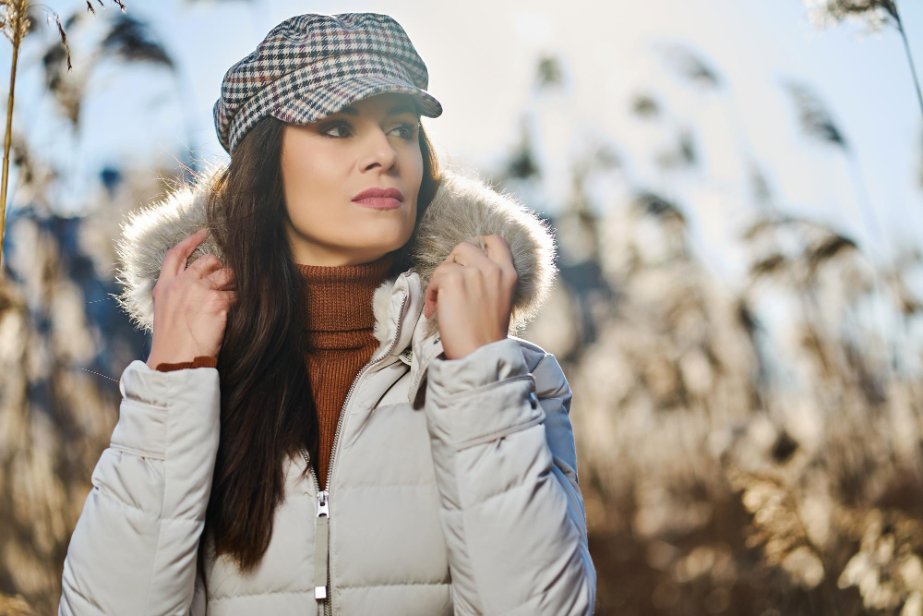
Luxury Investment Brands
Why is Canada Goose so Expensive?
Canada Goose commands premium prices due to:
- High-quality down insulation and technical fabrics
- Extreme weather performance capabilities
- Lifetime warranty on manufacturing defects
- Made in Canada with skilled craftsmanship
- Extensive research and development
Are North Face Jackets Worth It?
The North Face offers good value for outdoor and casual wear because they:
- Use proven technical materials and construction
- Offer a range of price points
- Provide excellent customer service and warranties
- Have decades of outdoor industry experience
- Balance performance with everyday wearability
Who Makes the Best Outdoor Wear?
Top outdoor outerwear brands include:
- Patagonia: Sustainable focus, lifetime repairs
- Arc’teryx: Premium technical construction
- The North Face: Accessible performance gear
- Mammut: Alpine expertise and innovation
- Outdoor Research: Functional design focus
Is Helly Hansen a Good Brand?
Helly Hansen excels in marine and winter sports gear, offering excellent waterproof technology and thermal insulation. Their pieces are particularly good for harsh weather conditions and water sports.
Budget-Friendly Options
Quality outerwear doesn’t always require a huge investment:
- Uniqlo: Excellent basics and technical pieces
- J.Crew: Classic styles at mid-range prices
- Everlane: Sustainable basics with transparent pricing
- Mango: Trendy pieces at accessible prices
For affordable coats and jackets that don’t compromise on style, consider exploring various online retailers that offer current trends at budget-friendly prices. Fashion experts from Who What Wear’s style predictions emphasize investing in statement outerwear pieces that define personal style while maintaining versatility.
Styling Tips & Versatility
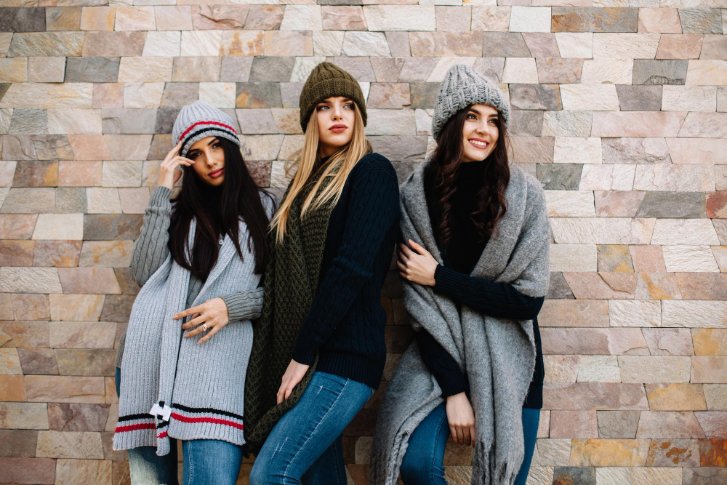
What Outerwear to Wear with Dresses?
Pairing outerwear with dresses creates effortless, polished looks:
- Blazers: Perfect for work dresses and professional settings
- Leather jackets: Add edge to feminine dresses
- Cardigans: Soft layering for casual dresses
- Trench coats: Classic pairing for midi and maxi dresses
- Denim jackets: Casual styling for summer dresses
What Sort of Jacket to Wear with Jeans?
Jeans pair well with almost any jacket style:
- Blazers: Dress up casual jeans for smart-casual looks
- Bomber jackets: Perfect for athleisure and casual wear
- Leather jackets: Classic combination for edgy style
- Utility jackets: Great for weekend casual wear
- Wool coats: Elevate jeans for polished casual looks
Who Makes the Best Shackets?
Shackets (shirt-jackets) are perfect transitional pieces. Top brands include:
- Madewell: Classic denim and flannel styles
- Free People: Oversized, boho-inspired designs
- Everlane: Minimalist, sustainable options
- & Other Stories: Trendy, affordable styles
Seasonal Styling Guide
Spring Styling
Light layers and transitional pieces work best:
- Trench coats over spring dresses
- Denim jackets with lighter fabrics
- Cardigans for variable temperatures
Fall Styling
Layer strategically for changing temperatures:
- Blazers over sweaters
- Leather jackets with boots
- Wool coats for cooler days
Winter Styling
Focus on warmth without sacrificing style:
- Layer puffers over fitted pieces
- Long wool coats for elegance
- Technical fabrics for outdoor activities
Care & Maintenance: Protecting Your Investment
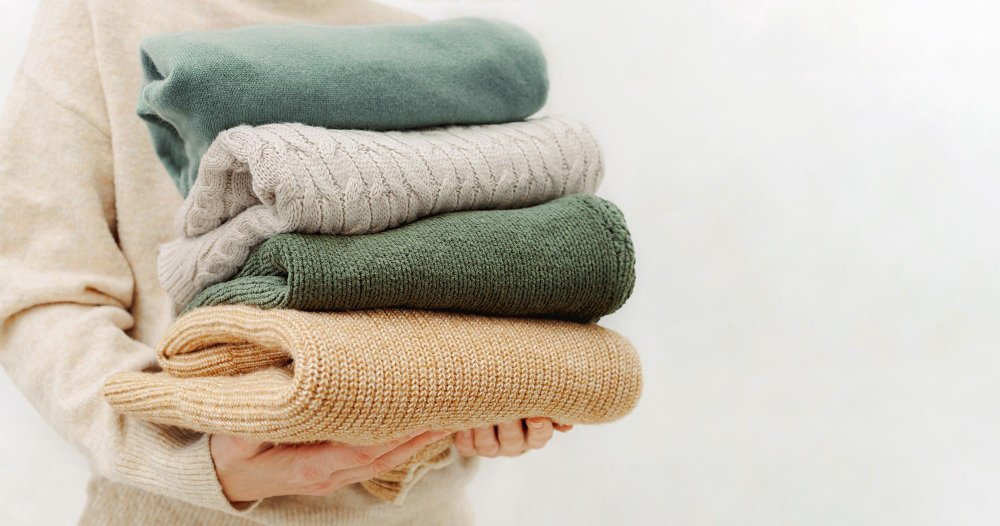
Proper care extends the life of your outerwear while keeping pieces looking their best. Different materials require specific care approaches.
General Care Guidelines
Always check care instructions first
Address stains immediately
Use appropriate hangers
When needed for specialty items
Material-Specific Care
Wool Coats
Follow our comprehensive wool care guide for best results:
- Professional dry cleaning 1-2 times per season
- Air out between wears
- Store with cedar blocks to prevent moths
- Brush regularly to maintain appearance
Leather Jackets
Leather requires special attention – see our leather care guide:
- Condition twice yearly with quality leather conditioner
- Clean with specialized leather cleaners only
- Store on padded hangers away from direct sunlight
- Allow to dry naturally if wet
Down Jackets
Down requires careful washing to maintain loft:
- Machine wash on gentle cycle with cold water
- Use down-specific detergent
- Dry thoroughly with tennis balls to restore loft
- Store uncompressed when not in use
Repair and Restoration
Address minor issues before they become major problems:
- Replace missing buttons promptly
- Repair small tears with appropriate patches
- Fix zipper issues early
- Consider professional alterations for fit adjustments
How Many Winter Coats Should a Person Have?
A well-rounded winter wardrobe typically includes:
- 1 Heavy winter coat for extreme cold
- 1 Medium-weight coat for general winter wear
- 1 Dressy coat for formal occasions
- 1 Casual jacket for everyday wear
Frequently Asked Questions
Yes, duvet coats remain popular in 2025, especially in updated silhouettes with better tailoring and sustainable materials. Look for styles with waist definition and modern proportions.
The warmest women’s coats typically feature high-quality down insulation (700+ fill power), wind-resistant outer shells, and extended coverage. Brands like Canada Goose, Patagonia, and The North Face offer extremely warm options rated for sub-zero temperatures.
For elderly individuals, prioritize layers that are easy to put on and remove. Look for lightweight down coats with simple closures, wool blends that aren’t too heavy, and features like large buttons or magnetic closures for easier dressing.
The best winter coats for elderly individuals feature lightweight warmth, easy-to-use closures, slip-resistant materials, and comfortable fits that accommodate layering. Look for coats with reflective elements for visibility and pockets that are easy to access.
Rather than focusing on what not to wear, choose outerwear that flatters your shape: well-fitted pieces that skim your body, vertical lines, and appropriate proportions. Avoid overly tight or extremely oversized pieces that don’t complement your silhouette.
Choose outerwear that creates vertical lines and skims rather than clings. Empire waist coats, A-line styles, and jackets that end below the widest part of your torso can be very flattering. Dark colors and matte finishes also help create a streamlined appearance.
All body shapes are attractive when dressed appropriately and with confidence. The key is understanding your proportions and choosing outerwear that enhances your natural shape rather than trying to conform to a specific ideal.
Conclusion
Creating the perfect outerwear wardrobe is about balancing functionality, style, and personal preferences while making smart investment choices. The key is starting with versatile foundation pieces in neutral colors, then adding personality through trending styles and colors that reflect your individual aesthetic.
Key Takeaways
Essential Investment Pieces
- One quality winter coat in a neutral color
- A well-fitted blazer for professional wear
- A classic trench coat for transitional weather
- A casual jacket (leather, denim, or bomber) for everyday wear
Smart Shopping Strategies
- Invest in classic styles and neutral colors for longevity
- Consider sustainable brands for environmental impact
- Prioritize fit and quality over trend-driven pieces
- Factor in your climate and lifestyle needs
- Try on or carefully measure before purchasing
Style Success Tips
- Understand your body shape and choose flattering silhouettes
- Layer strategically for both warmth and style
- Don’t be afraid to mix casual and dressy pieces
- Proper care extends the life of quality outerwear
- Confidence is the best accessory for any outfit
Looking Forward
As fashion continues evolving toward sustainability and inclusivity, the outerwear industry offers more options than ever for every body type, budget, and style preference. Whether you’re drawn to minimalist classics or bold statement pieces, the key is choosing pieces that make you feel confident and comfortable.
Remember that great style isn’t about following every trend, but about understanding what works for your lifestyle, body, and personal aesthetic. Invest in quality pieces that you’ll love for years to come, and don’t be afraid to experiment with new styles that push your comfort zone.
For additional style inspiration and current trends, explore quality women’s coats and jackets from reputable retailers who offer both classic and contemporary options. Industry experts from WGSN’s fashion forecasting service confirm that quality outerwear remains a cornerstone of effective wardrobe building, emphasizing pieces that balance current trends with timeless appeal.
Your outerwear collection should work as hard as you do while helping you feel polished, protected, and authentically yourself in every season. Start with the basics, add pieces gradually, and most importantly, choose items that bring you joy every time you wear them.

